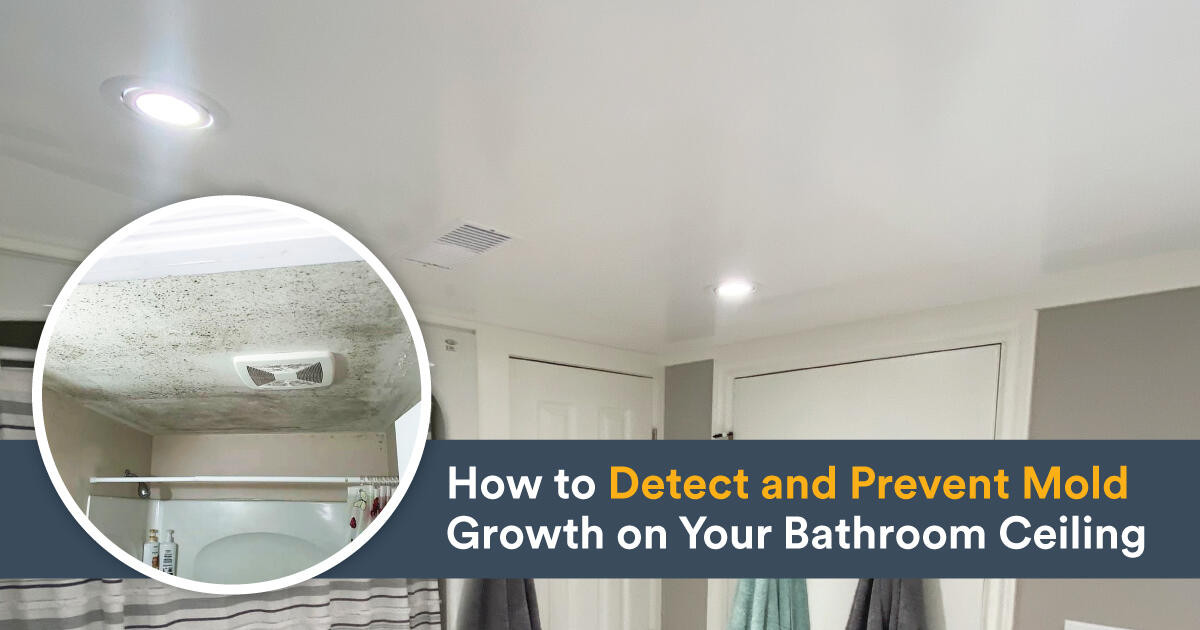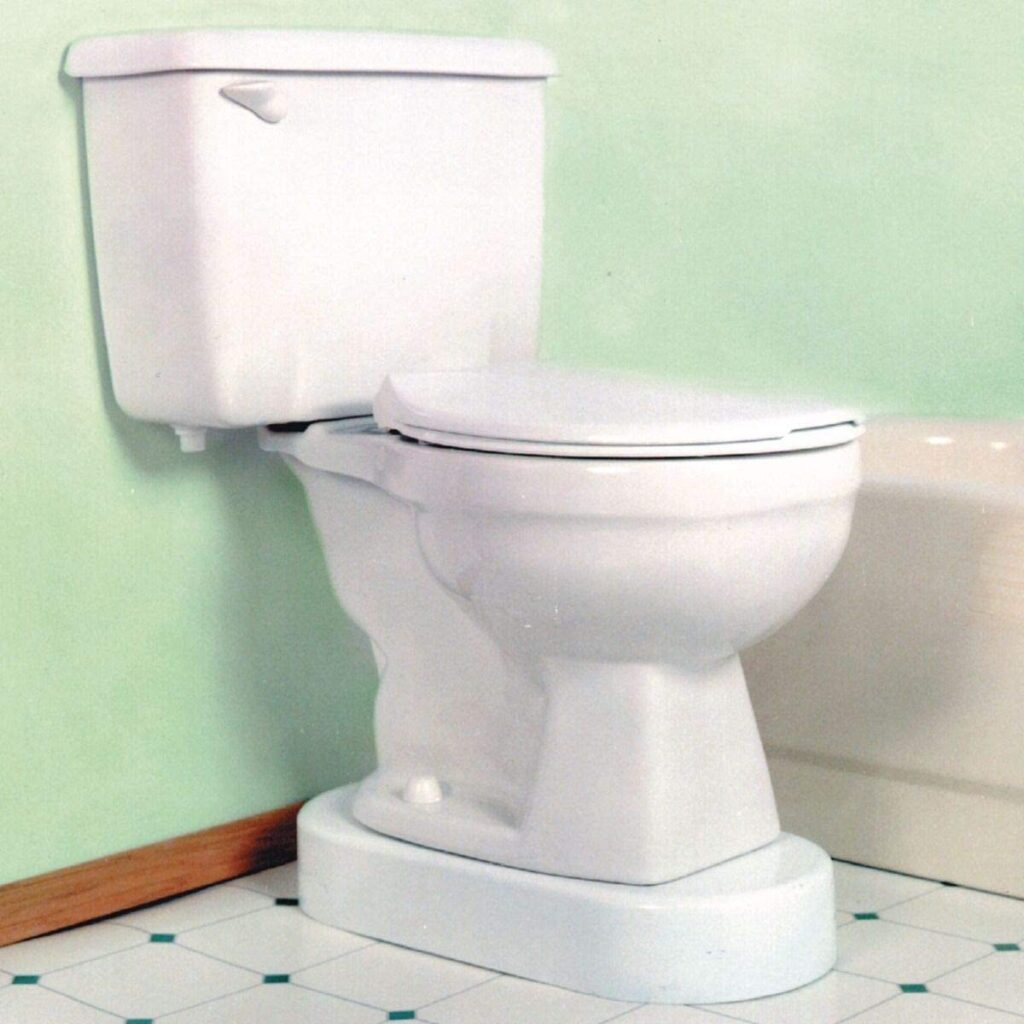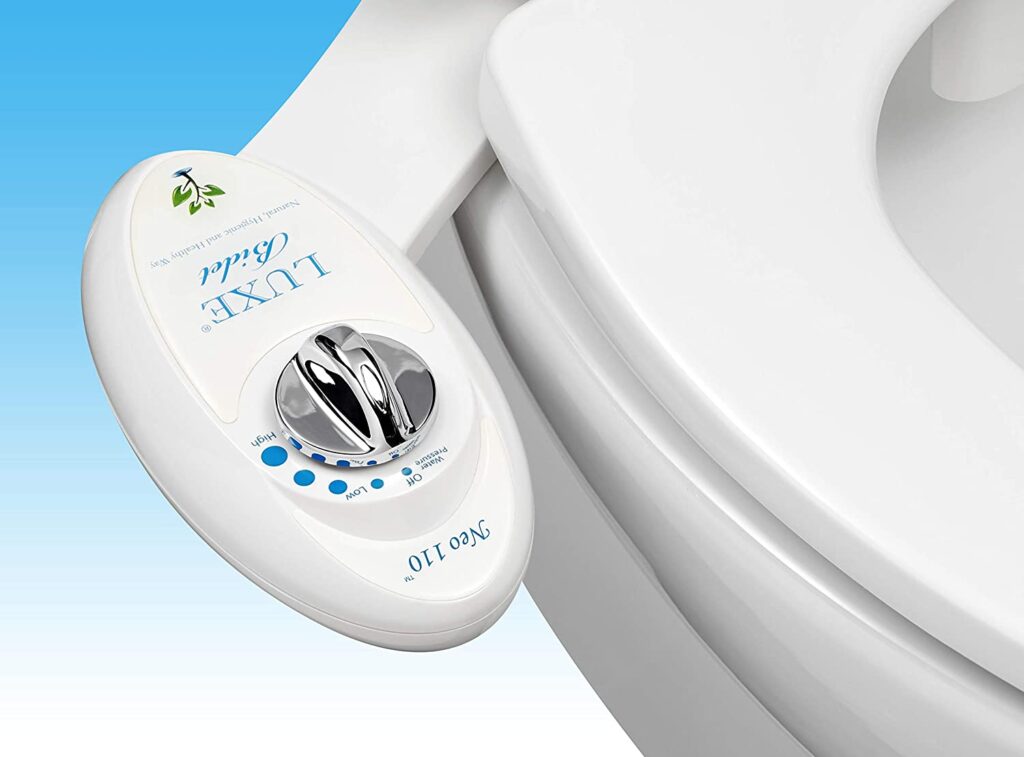Have you noticed those dark, stubborn spots creeping across your bathroom ceiling? It’s not just an eyesore—it’s mold.
Left unchecked, it can damage your home and even impact your health. But here’s the good news: you don’t have to live with it. You can stop mold from taking over your bathroom ceiling once and for all. In this guide, we’ll show you exactly how to tackle the problem and prevent it from coming back.
Stick with us, and you’ll soon enjoy a clean, fresh bathroom that feels like new. Ready to get started? Let’s dive in!

Credit: trusscore.com
Table of Contents
Causes Of Mold On Bathroom Ceilings
Ever wondered why mold keeps appearing on your bathroom ceiling, no matter how often you clean it? Mold loves damp, dark, and humid environments, which makes your bathroom an ideal breeding ground. Understanding the causes can help you take targeted actions to stop mold in its tracks.
High Humidity Levels
Bathrooms naturally have high humidity due to showers and hot baths. When warm, moist air rises, it clings to the ceiling. If this moisture isn’t removed quickly, it creates the perfect spot for mold to thrive.
Have you noticed water droplets lingering on your ceiling after a steamy shower? That’s a sign of high humidity. Consider using a dehumidifier or opening a window to keep the moisture level in check.
Poor Ventilation
Lack of proper airflow is one of the main reasons mold grows on bathroom ceilings. Without ventilation, moisture has nowhere to escape.
If your bathroom doesn’t have an exhaust fan, you might be setting yourself up for mold issues. Even something as simple as leaving the door slightly open after a shower can make a huge difference.
Leaks And Water Damage
Leaks from pipes or roofs can lead to moisture seeping into your bathroom ceiling. This hidden moisture often goes unnoticed until mold starts to appear.
Check for water stains or peeling paint on your ceiling. These are red flags that a leak could be feeding mold growth. Fixing leaks promptly can save you from bigger problems later.
Soap Residue And Organic Matter
You might not think soap residue is a big deal, but it’s actually a food source for mold. Combined with dust and skin cells, it creates a buffet for mold spores.
Regular cleaning can help prevent buildup on your bathroom ceiling. Use a mild detergent and a sponge to wipe away any residue before it becomes a problem.
Is your bathroom ceiling showing signs of mold? Tackling the root causes is the first step to keeping your bathroom fresh and mold-free. Which of these causes do you think might be affecting your home?

Credit: redfishinspections.com
Essential Tools And Supplies
The bathroom ceiling is one of the most common places for mold to thrive, especially in humid conditions. If you’re tired of fighting off unsightly black spots and musty smells, having the right tools and supplies can make all the difference. With the proper equipment, you can clean, prevent, and monitor mold growth effectively.
Cleaning Products
To tackle mold, you need reliable cleaning products that get the job done. Bleach is a popular choice because it kills mold spores and disinfects the surface. Mix one cup of bleach with a gallon of water for a powerful solution.
If you prefer eco-friendly options, white vinegar is a great alternative. It’s natural, non-toxic, and surprisingly effective. Spray it directly on the mold, let it sit for an hour, and wipe it clean.
Don’t forget to stock up on scrub brushes and microfiber cloths. These will help you reach tight corners and remove stubborn mold stains without damaging your ceiling.
Protective Gear
Cleaning mold isn’t just messy—it can be harmful to your health. Mold spores can irritate your eyes, skin, and lungs. Protective gear is a must.
Start with a high-quality face mask, preferably an N95 respirator, to avoid inhaling spores. Gloves are essential to protect your hands from harsh chemicals and mold exposure.
Wear goggles to shield your eyes and a long-sleeved shirt to cover your skin. You’ll feel safer and more confident tackling the job.
Ventilation Equipment
Good airflow is key to preventing mold from returning. Investing in ventilation equipment can help you maintain a dry and mold-free bathroom.
Consider installing a bathroom exhaust fan if you don’t already have one. It removes moisture from the air after showers or baths. Keep it running for at least 15 minutes after use.
If an exhaust fan isn’t an option, a portable dehumidifier can work wonders. It keeps humidity levels below 60%, which is ideal for mold prevention.
Moisture Meters
Do you know how humid your bathroom is? A moisture meter can give you the answers. These handy devices measure the amount of water in the air or surfaces.
Use a digital hygrometer to monitor your bathroom’s humidity levels regularly. If you spot levels creeping up, take action before mold forms.
For walls and ceilings, a pin-type moisture meter can identify damp spots you might not see. These tools are small but incredibly powerful for mold prevention.
Do you have everything you need to stop mold in its tracks? The right tools and supplies not only save you time but also protect your home and health. Start gathering your essentials today, and say goodbye to mold for good!
Effective Cleaning Methods
Removing mold from your bathroom ceiling can feel like a challenge, but effective cleaning methods can make it manageable. Mold thrives in warm, humid spaces, and your bathroom is the perfect breeding ground. The good news? With the right approach and tools, you can tackle it head-on and prevent it from coming back.
Using Vinegar And Baking Soda
Vinegar is a natural and powerful mold killer. Combine equal parts white vinegar and water in a spray bottle. Spray the affected area generously and let it sit for an hour before wiping it clean with a damp cloth.
Baking soda adds extra cleaning power. Mix a tablespoon of baking soda with water to form a paste. Apply the paste to stubborn mold spots, scrub gently, and rinse with warm water. This method is safe, eco-friendly, and ideal if you want to avoid harsh chemicals.
Applying Hydrogen Peroxide
Hydrogen peroxide is a great alternative for dealing with mold. Use 3% hydrogen peroxide, which is easily available at most stores. Pour it into a spray bottle, spray the moldy areas, and leave it for 10–15 minutes.
Afterward, use a sponge or cloth to scrub the surface. Hydrogen peroxide not only removes mold but also disinfects the surface, killing bacteria and spores. Keep the bathroom well-ventilated while using it to avoid inhaling fumes.
Bleach Solutions For Stubborn Mold
Bleach can be highly effective for tough mold stains. Mix one part bleach with three parts water in a spray bottle. Spray the mixture onto the ceiling and let it sit for 15 minutes.
After soaking, scrub the area with a brush or sponge, then rinse thoroughly with water. Be careful to wear gloves and ensure good ventilation to protect yourself from bleach fumes. Avoid using bleach on painted ceilings as it can strip the paint.
Scrubbing Techniques For Ceilings
Cleaning a ceiling can be tricky, but the right scrubbing techniques make a big difference. Use a long-handled scrub brush or a sponge mop to reach high areas. This saves you from balancing on a ladder.
For stubborn spots, apply more pressure or switch to a smaller scrub brush for targeted cleaning. Always rinse the scrubbed areas with clean water to remove any residue. Have you ever noticed how much lighter a room feels when mold is gone? It’s worth the effort.
Which of these methods have you tried? If you haven’t tackled your mold problem yet, today’s a great day to start. A cleaner ceiling isn’t just about aesthetics—it’s about creating a healthier space for you and your family.
Preventing Mold Growth
Mold on your bathroom ceiling can be a frustrating and unsightly problem. The good news? You can stop it from happening by taking a few simple, proactive steps. Let’s talk about specific ways you can prevent mold from taking hold in your bathroom.
Improving Bathroom Ventilation
Good ventilation is your first line of defense against mold. After every shower, switch on your exhaust fan to remove steam and moisture from the air. If you don’t have a fan, crack open a window to let fresh air circulate.
Still feeling dampness? Consider leaving the bathroom door open after you shower to encourage airflow. A well-ventilated bathroom dries quickly, making it harder for mold to grow.
Using Dehumidifiers
If your bathroom tends to stay humid, a small dehumidifier can work wonders. Look for a portable model that fits on your countertop or a nearby shelf. Aim to keep your bathroom’s humidity level below 50%—most dehumidifiers have a built-in gauge to help you monitor this.
Empty the water reservoir frequently to keep the dehumidifier running efficiently. You’ll be surprised how much moisture it can pull from the air!
Fixing Leaks Promptly
Even minor leaks can create the perfect conditions for mold. Check your bathroom ceiling, faucets, and pipes regularly for signs of water damage or drips. If you notice a problem, fix it right away.
Don’t ignore water stains—they can indicate a hidden leak. Addressing leaks quickly not only prevents mold but also saves you from expensive repairs later.
Installing Mold-resistant Paint
Did you know you can add an extra layer of protection with mold-resistant paint? These paints contain special ingredients that prevent mold spores from sticking and growing. Apply it to your bathroom ceiling after a thorough cleaning.
If you’re repainting, choose light colors. They reflect light better, keeping your bathroom bright and less inviting to mold. It’s an easy upgrade that pays off in the long run!
Which of these steps will you try first? Taking action now can save you the hassle of dealing with mold later. Your bathroom deserves to stay clean, fresh, and mold-free!
Long-term Maintenance Tips
Preventing mold on your bathroom ceiling requires consistent care and attention. Addressing humidity, cleaning, and using proper materials can make a big difference. These tips can help you maintain a mold-free space long-term.
Regular Cleaning Routine
Dust and grime on the ceiling can contribute to mold growth. Clean the ceiling regularly to remove buildup. Use a gentle cleaner suitable for bathroom surfaces. Focus on corners and edges where moisture collects. A monthly cleaning schedule is often enough.
Monitoring Humidity Levels
High humidity encourages mold growth in bathrooms. Install a humidity monitor to track levels. Keep the humidity below 50% for safety. Use exhaust fans during showers to reduce moisture. Open windows to allow airflow and prevent trapped dampness.
Inspecting For Early Signs Of Mold
Spotting mold early can prevent larger issues. Check the ceiling often for discoloration or spots. Look at areas near vents and light fixtures. Address any signs of moisture immediately. Early detection saves time and reduces repair costs.
Upgrading To Mold-resistant Materials
Replace old ceiling materials with mold-resistant options. Mold-resistant paint can be an effective barrier. Consider moisture-resistant drywall if remodeling the bathroom. These materials are designed to handle damp environments better. Upgrading can provide long-term protection against mold.

Credit: www.ultimatemoldcrew.ca
Frequently Asked Questions
Why Does My Bathroom Ceiling Keep Getting Mold?
Bathroom ceiling mold grows due to high humidity, poor ventilation, and water leaks. Use exhaust fans and fix leaks.
How Do I Moisture Proof My Bathroom Ceiling?
Apply waterproof paint or sealant to the ceiling. Ensure proper ventilation with an exhaust fan. Fix leaks promptly. Use mold-resistant materials.
What Can I Put On My Ceiling To Prevent Mold?
Use mold-resistant paint, dehumidifiers, proper ventilation, and clean regularly to prevent mold growth on your ceiling.
How To Get Rid Of Mold Permanently On A Ceiling?
Remove mold using a mixture of vinegar and water. Scrub the area thoroughly and let it dry. Fix leaks, improve ventilation, and use a dehumidifier to prevent moisture buildup. Apply mold-resistant paint to the ceiling for long-term protection. Regular cleaning helps maintain a mold-free environment.
Conclusion
Keeping your bathroom ceiling mold-free requires consistent care and attention. Regularly clean and ventilate the space to reduce moisture buildup. Fix leaks immediately and keep humidity levels low with a fan or dehumidifier. Use mold-resistant paint for added protection. Small efforts now can save you bigger problems later.
A clean, dry bathroom not only prevents mold but also keeps your home healthier. Stay proactive, and you’ll enjoy a safer and fresher bathroom environment.






